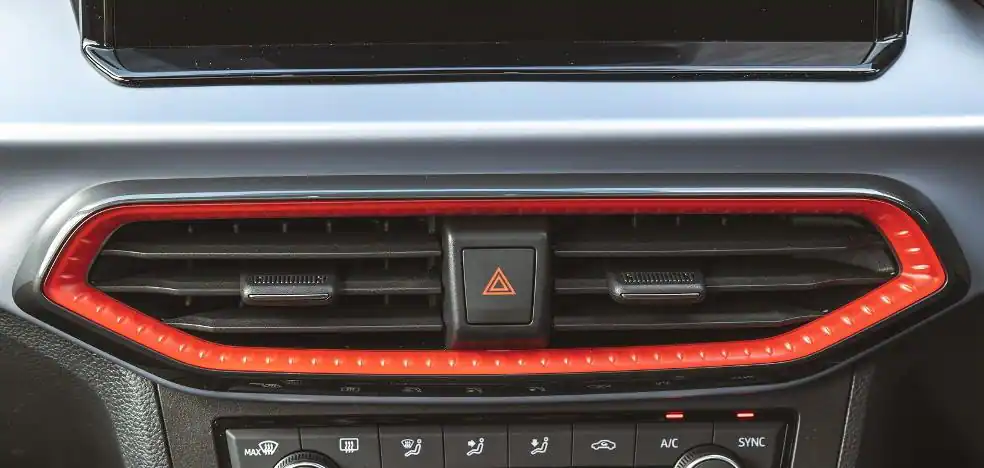A documentary explains the development work of the ID. Buzz and the ID. Buzz Cargo
It can take up to five years from the moment a designer’s brush gives the first traces of a model on paper, until the car reaches the factory production process. Extreme tests are also carried out in the middle of the process in all weather conditions: on hot and dusty tracks, including on ice and snow. To realize everything that happens before we can see a vehicle at the dealership, a documentary explains the ID’s development work. Buzz and the ID. Buzz Freight.
The process required cross-brand collaboration and division of labor: designers and engineers looked for the best possible concept that would combine all the requirements of the specifications. Bulli’s seven years of experience has been incorporated into the ID. Buzz, a vehicle designed to captivate the current community of fans as well as new customers. And at the same time be as efficient as possible: the low-friction components of the Modular Electric Drive Platform (MEB) contribute to this, as do the aerodynamics of the body, chassis and wheels. After arduous work, the result is extraordinary: with a drag coefficient of just 0.285 (cd), the ID. Buzz has better aerodynamics than any other Bulli.
With the first hand-built prototypes, it can be decided whether all design data and virtual simulations can be translated to the real world. Quality assurance is in testing. To ensure that the newly submitted ID. Buzz also meets the strictest quality requirements of Volkswagen, the electric Bulli underwent a complex and demanding marathon across Europe under extreme conditions. First through extremely hot terrain, from very arid climates to tropical and humid regions. Then, through extremely cold terrain, from dry to wet roads. And in many of these places the road was not paved. Then on-track tests were conducted simulating rain, snow, ice and dusty environments to check that nothing had gotten into the body and underside of the vehicle that could cause problems later on.
Both equipped with multi-link rear suspension to separate transverse and longitudinal forces, the ID. Buzz and the ID. Buzz Cargo demonstrated their ability to drive on snow and ice in the far north of Scandinavia. Other aspects examined during the low temperature tests included material design, electrical and electronic functions, chassis configuration, vehicle acceleration, braking and steering with low coefficients of friction, in addition to the heat of management of the vehicle. entire vehicle.
The tests are carried out in detail: in the cooling chamber, for example, it is checked how quickly, after the vehicle has been started, the exterior mirror demists thanks to the mirror heating. To pass the test, the rear-view mirror, conditioned to 20 degrees below zero, must provide a clear view to the rear just three minutes later.
Source: La Verdad
I am Ida Scott, a journalist and content author with a passion for uncovering the truth. I have been writing professionally for Today Times Live since 2020 and specialize in political news. My career began when I was just 17; I had already developed a knack for research and an eye for detail which made me stand out from my peers.



